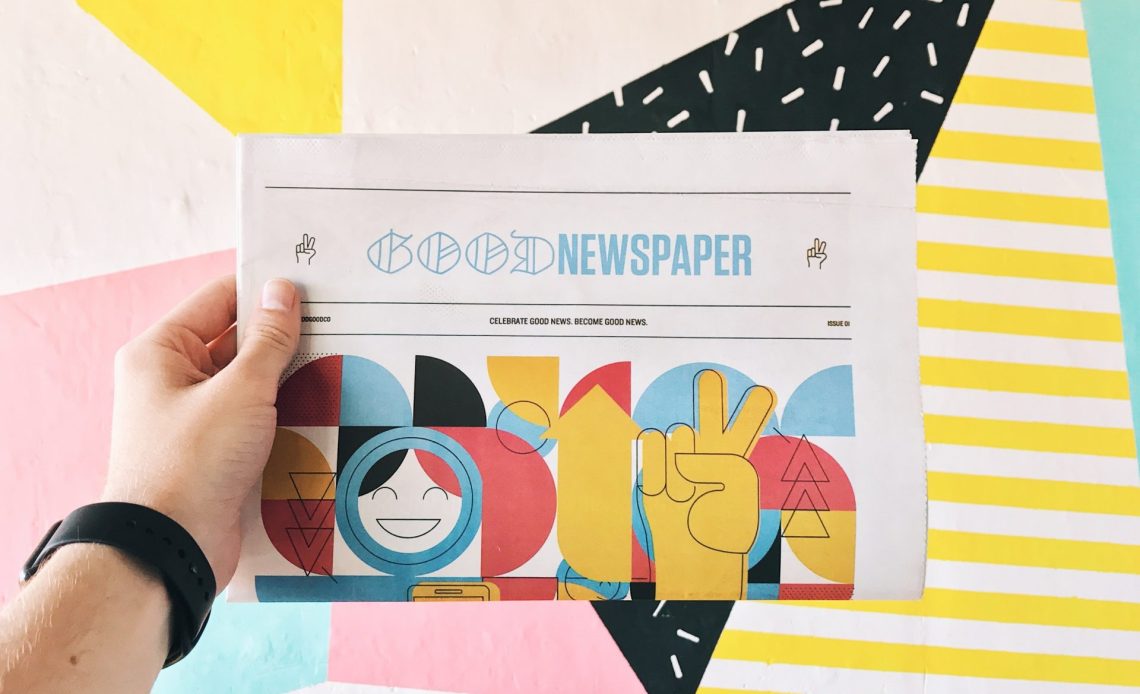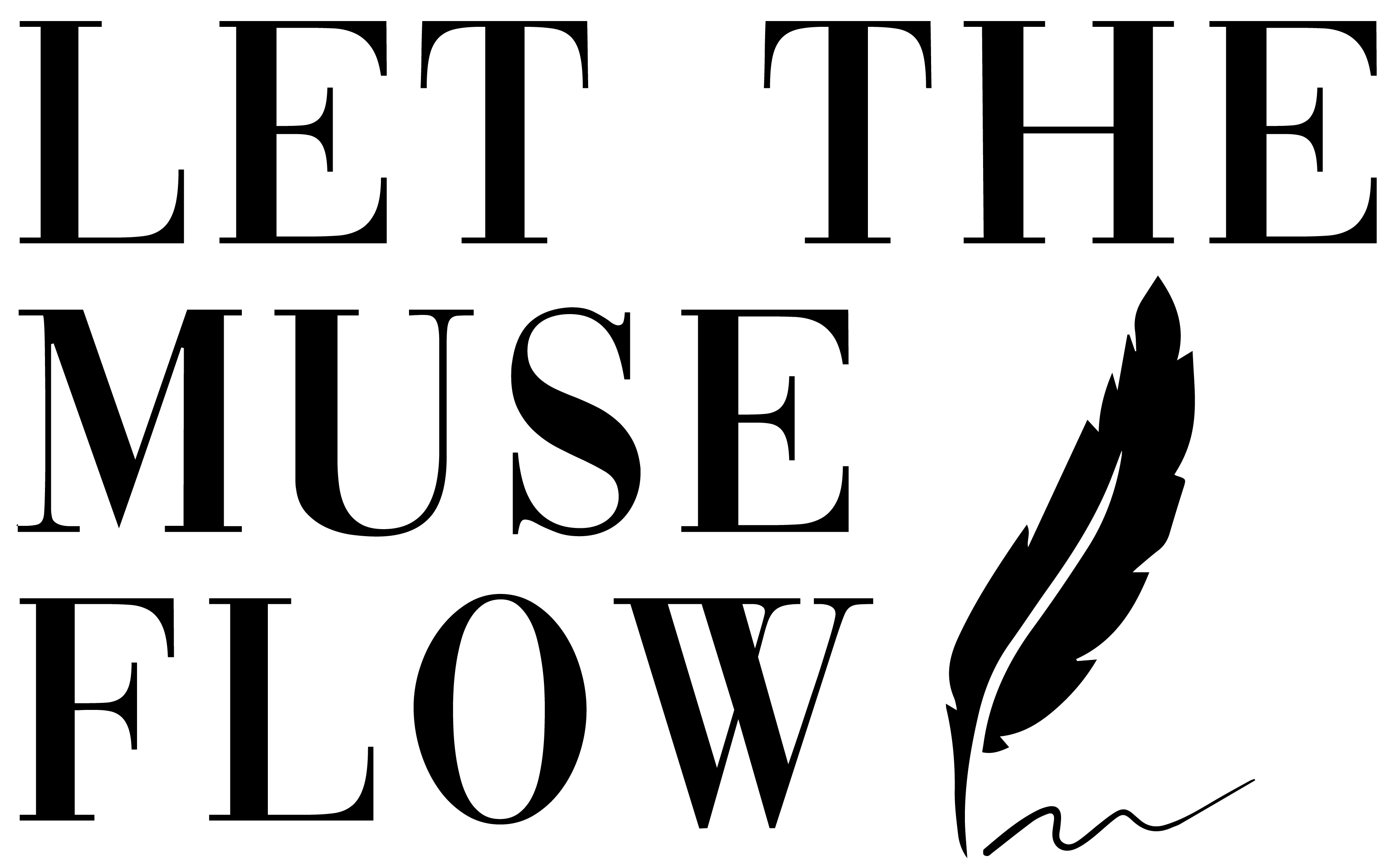
Your brand meaning is shaped through an alignment between brand identity and brand image.
Before we get to the workarounds of how brand meaning is shaped, let’s first understand the meaning of brand identity and brand image.
Brand identity is the core of your brand’s existence – its logo, color, values, voice – which you’d like your audience to perceive as the way you want. It is fundamentally created by the founders and internal brand stakeholders. Here, you have total control on how you want to represent your brand’s identity.
On the other hand, brand image is the perception your audience has about your brand. However, here you have little control on how your audience comprehends your brand imagery.
This means your brand and marketing efforts need a holistic analysis to form and shape meaning of your brand as you and your business evolve.
Enlisted below are 4 ways to an apt brand meaning process (as suggested by the book):
- Generate brand insights. Understanding your brand comes best from the creators and drivers – that is, both internal stakeholders (your employees, management and leadership) and external stakeholders (your customers, non-customers, investors, vendors and suppliers). The insights include your brand’s analysis, competitors, customers and market trends and all the blindspots that can be captured by your external stakeholders. This process is crucial to generating brand-related insights based on the markets you’re in and how it will unfold in the future to inform your future brand strategy.
- Focus on the continuity of brand experience. Your brand has to adapt to various target groups and to all brand touchpoints. Which means while your brand positioning also needs to take a tactical approach alongside maintaining consistency of your brand identity. By embracing continuous change, you learn how the art of brand management, that is, to stay consistent in a dynamic market.
- Embrace the continual becoming. Per the book, adopting a fluid and adaptive view, your brand’s identity is an ever-evolving connotation, rooted in a brand history, philosophy, practices and ambitions but subject to constant mediation and re-interpretation as its meaning is co-created by a brand’s stakeholders.
- Co-create brand equity. The book further observes that your brand’s identity changes as it evolves – and so, the ‘intended’ and ‘enacted’ identity is not the same. This is where the process becomes fluid, where intended and enacted have to be in alignment. Through crowdsourcing, brand communities, social media influencers and employee behaviour, you can start to shape your brand meaning in resonant and relevant ways. By employing the interplay of individual, collective and intended aspects of your brand’s identity, your brand gives a shared perspective to all your stakeholders. As a result, brand meaning is co-created in this dynamic social context.
How are you shaping your brand meaning?
Photo by Good Good Good on Unsplash

